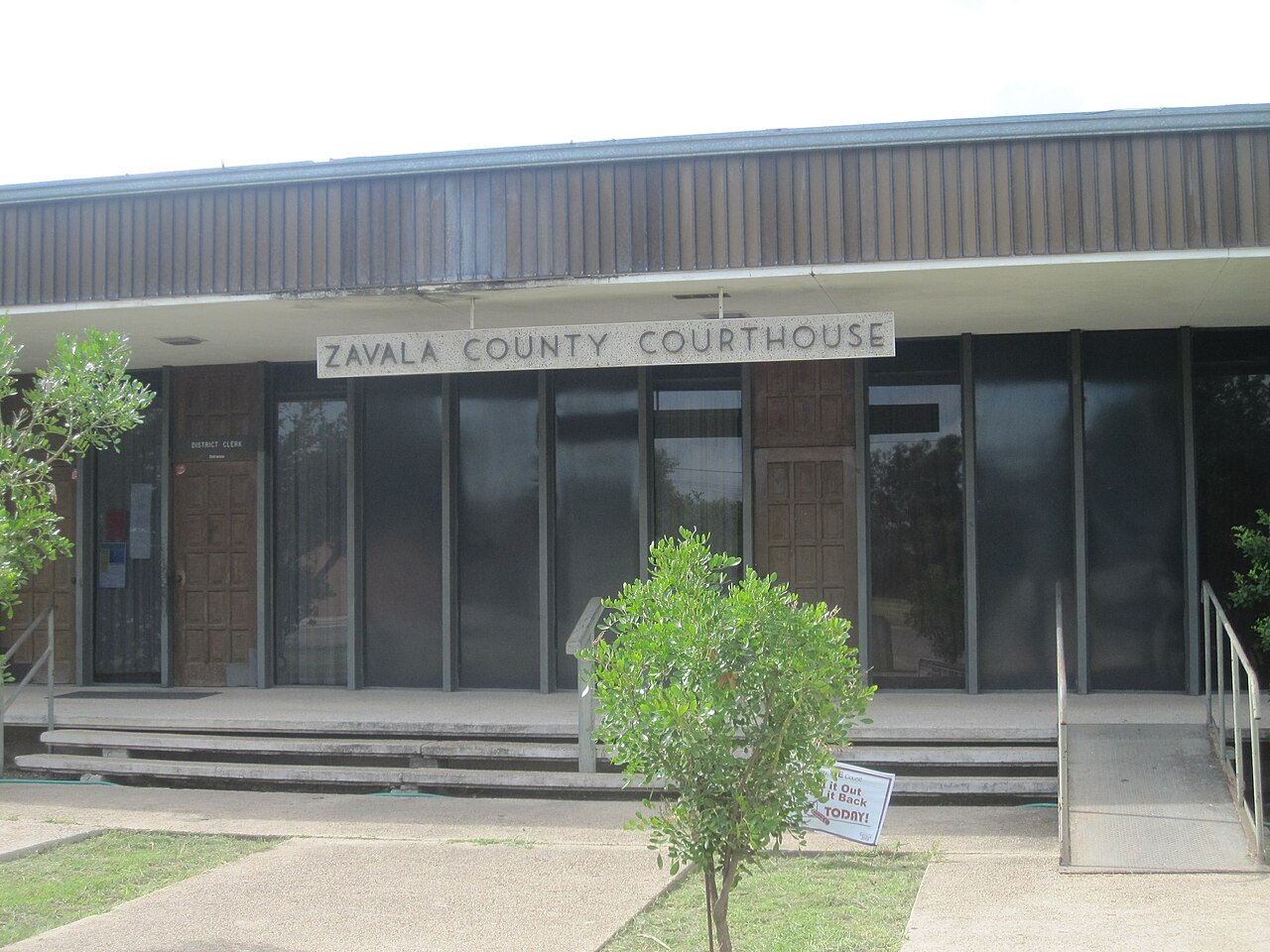Texas Writs of Garnishment to Collect Judgment Liens from Young County, Texas
At Busby & Associates, we are committed to providing comprehensive judgment-related services in Young County, Texas. Our team of skilled attorneys specializes in defending, collecting, and enforcing judgments, focusing primarily on garnishing bank accounts and financial institutions. As consumer bankruptcy, family law, and divorce lawyers, we also provide support to both obligors and obligees involved in child support lien cases, offering collections prosecution and defense. Additionally, we possess the expertise to domesticate foreign child support liens specific to Young County. If you’re a judgment creditor struggling to receive payment or encountering challenges in collecting your judgment, especially if the debtor resides in Young County, contact us. We’ll work closely with you, explain the process in detail, and help you achieve a successful outcome.
Texas Judgment liens in Young County
In Young County, the existence of a properly fixed judgment lien triggers a legally binding lien on all the judgment debtor’s nonexempt real property. Establishing a judgment lien necessitates the accurate recording and indexing of an abstract of judgment. The judgment lien can be solidified by filing the abstract of judgment in each county where the judgment debtor’s property lies. As long as the judgment remains active and does not become dormant, the lien will remain in effect for a period of ten years from the date of recordation and indexing. It is pivotal to note that the judgment underlying the lien must be final and conclusive rather than provisional. In circumstances where the judgment is currently under appeal or a supersedeas bond has been submitted, filing an abstract of judgment based on the final judgment remains permissible. Additionally, if a judgment creditor has taken proactive measures to obtain a lien before the judgment is appealed, the appeal itself shall not render those steps ineffective, should the judgment be ultimately upheld. The rules delineated here are specific to Texas state trial court judgments and do not encompass the enforcement of judgments from other states and foreign jurisdictions. To enforce judgments from such foreign sources, it is obligatory to first domesticate the judgment in Texas to establish a lien, followed by the filing of an abstract of judgment.
Texas Abstract of Judgment
The state of Texas grants the authority to prepare the abstract of judgment to various parties, including the judge, justice of the peace, clerk of the court, or the authorized representative of the judgment creditor, such as their agent, attorney, or assignee, for judgments rendered in all but small claims and justice courts. However, in small claims and justice courts, the judgment creditor is not allowed to prepare their own abstract. Additionally, abstracts of federal court judgments require the certificate of the clerk of the court. To abstract your judgment lien in Young County, Texas, you can visit the County Clerk’s office at 516 4th St, Graham, Texas 76450.
Contents
When preparing a Texas abstract of judgment, it is essential to include specific information in line with the regulations. This information comprises the names of the plaintiff and defendant, the defendant’s birthdate (if known to the clerk of justice), the last three digits of the defendant’s driver’s license (if obtainable), the last three digits of the defendant’s social security number (if accessible), the suit number in which the judgment was rendered, the defendant’s address or, if not indicated in the suit, the nature of citation and the date and place of citation service, the date of judgment, the amount for which the judgment was rendered and the outstanding balance, any child support arrearage, the interest rate specified in the judgment, and the mailing address for each plaintiff or judgment creditor. It is crucial to include the mailing address to avoid the imposition of a penalty filing fee. Additionally, the abstract of judgment must be verified by the creditor’s attorney, and unsworn declarations are not allowed.
Recordation of Judgment Liens Abstract
In cases where the debtor possesses real property, it is imperative to document the abstract of judgment in Young County. The abstract is submitted to the Young County clerk, who records it meticulously in the county’s real property records, ensuring accurate notation of the date and time of recordation. Moreover, the clerk is required to include the abstract in the alphabetical index to the real property records, indicating the names of each plaintiff and defendant in the judgment and the page number where the abstract is officially recorded.
Abstracts of Domesticated Judgment Liens.
Judgments filed under the Uniform Enforcement of Foreign Judgments Act and the Uniform Foreign-Country Money Judgments Recognition Act possess the same enforceability as judgments filed in the court of origin, enabling their enforcement in Texas. The foreign judgment holder must comply with the lien requirements when seeking to domesticate the judgment.
Property To Which Lien Attaches Non-Exempt Real Property
Young County is where the judgment lien is registered, encumbering all nonexempt real property owned by the defendant in the county.
Keeping the Judgment and Judgment Lien Alive
1. Non-governmental Judgments
To ensure the continuity of the judgment lien, it remains enforceable for 10 years from the date of recording and indexing the abstract, unless it becomes dormant. Therefore, it is necessary to (1) actively preserve the judgment and (2) obtain and record a new abstract of judgment to preserve the lien. If the judgment enters a dormant state, it can be revived through scire facias or by initiating an action of debt within two years from the date of dormancy.
2. State or State Agency Judgments.
The enforceability of state or state agency judgments remains unaffected and does not go dormant. By properly filing an abstract of judgment, a lien is established that lasts for 20 years from the filing date, and the lien’s duration can be extended for another 20 years through the submission of a renewed abstract of judgment.
3. Political Subdivisions.
Dormancy statutes stipulate that judgments of political subdivisions can become inactive, but the revival statute (Civ. Prac. & Rem. Code § 31.006) preserves the right of political subdivisions to revive the judgment without being restricted by the statute of limitations. Therefore, judgments of political subdivisions can be revived at any time, not limited to the two-year dormancy period.
4. Child Support Judgments.
All judgments for child support are excluded from the dormancy statute under section 34.001, subsection (c) of the Civ. Prac. & Rem. Code, which applies universally to all child support judgments irrespective of their age.
Property Subject to and Exempt from Execution.
1. Property Subject to Execution.
The execution is authorized to seize the judgment debtor’s property unless it is exempted by constitutional provisions, statutes, or any other rule of law. In most cases, the following types of property will not be exempt: a. Cash on hand or in checking or savings accounts; b. Pleasure boats and associated motors and trailers; c. Collections of items such as stamps, coins, etc.; d. Stocks, bonds, notes, and other investments; e. f. Airplanes. Corporations do not have any protected property.
2. Property Exempt from Execution.
The following categories of property are exempted from execution, whether it pertains to a family or a single adult: a) The homestead b) Personal property falling within specified categories, up to an aggregate fair market value not exceeding $100,000.00 for families or $50,000.00 for single adults without family affiliation c) Current wages earned from personal service (except child support) and unpaid commissions for personal services, not exceeding twenty-five percent (25%) of the $50/$100,000 aggregate limitations d) Professionally prescribed health aids e) Worker’s compensation payments f) Cemetery lots held for sepulcher purposes g) Property that the judgment debtor sold, mortgaged, or conveyed in trust, provided that the purchaser, mortgagee, or trustee identifies other property sufficient to satisfy the execution h) Assets in the hands of the trustee of a spendthrift trust for the benefit of the judgment debtor i) Certain insurance benefits j) Designated savings plans, including retirement benefits and health savings plans k) College Savings Plans l) Certain consigned artwork.
WRITS OF GARNISHMENT.
By initiating the post-judgment garnishment process, a judgment creditor can delve into the relationship between a third party and the judgment debtor, aiming to identify any outstanding funds or property owed to the debtor. If any such debts are uncovered, the creditor (garnishor) can secure a garnishment judgment, instructing the third party (garnishee) to remit payments to the garnishor instead of the judgment debtor.
Requirements to Issue
Garnishment is available after a judgment is obtained, subject to meeting specific prerequisites. These prerequisites include: a) The creditor possessing a valid and subsisting judgment against the debtor, with the judgment being deemed final and subsisting from the date of rendition. b) The debtor not having filed an approved supersedeas bond to suspend execution on the judgment. c) The creditor confirms, based on their knowledge, that the judgment debtor does not possess enough property in Texas that is subject to execution and can satisfy the judgment.
Procedure for Securing Issuance Jurisdiction and parties
It’s important to note that a post-judgment garnishment action constitutes an independent legal proceeding separate from the main case it aims to enforce. The third-party garnishee should be designated as the defendant, emphasizing their role in this supplementary lawsuit. File the application for post-judgment garnishment in the same court that issued the judgment, under a unique cause number.
Service of the writ of garnishment/notice to judgment debtor.
The garnishment process commences with the service of the writ of garnishment on the garnishee, and the judgment defendant, while not a necessary party, must be served with a copy of the writ of garnishment, the application, accompanying affidavits, and court orders promptly after the garnishee has been served. It is further stipulated that the copy of the writ served to the defendant must contain its contents in 12-point type and be presented in a manner calculated to advise a reasonably attentive person. Failure to provide proper notice to the judgment debtor regarding the garnishment renders any judgment, except for one dissolving the writ, null and void.
Banks as Garnishees for Writs of Garnishment
The address designated as the registered agent of the financial institution, as specified in its registration statement filed with the Secretary of State under either Section 201.102 or 201.103 of the Finance Code, serves as the designated delivery location for garnishment writs served on garnishee banks. Out-of-state financial institutions seeking registration with the Secretary of State must comply with the state’s laws governing foreign corporations conducting business in the state, including designating an agent for process under Section 201.102. On the other hand, Texas financial institutions have the option to file a statement with the Secretary of State appointing an agent for process under Section 201.103.
Officer’s Return.
According to Tex. R. Civ. P. 663, the officer executing a writ of garnishment must provide a return that satisfies the citation requirements. It is advisable for the judgment creditor to meticulously review the return before seeking a garnishment judgment, especially if it is a default judgment. Returns in garnishment proceedings are subject to the rules governing citations in general. Courts have held returns to be fatally defective if they do not reveal the manner of service on a corporate garnishee or the place of service.
Forms for the form and Practical Procedure
When a bank account or other debt owed by the judgment debtor subject to garnishment is located and it is determined that sufficient funds are involved to make it cost-effective, filing an Application For Garnishment along with a supporting affidavit is essential. The supporting affidavit, signed by the judgment creditor’s attorney, should encompass all the necessary information for the application, including details of the original lawsuit and judgment, any credits applied to the judgment, the proper garnishee name, officers for service, service address, and, if available, account names and numbers.
Need assistance with collecting your Texas judgment? Busby and Associates are here to support you. With their contingency-based services, upfront costs are not a problem. Judgments from other states with a Texas-based judgment debtor are evaluated on a case-by-case basis, often requiring a retainer. Additionally, in Young County, they have the expertise to help you garnish a bank account or financial institution, ensuring effective judgment collection.













